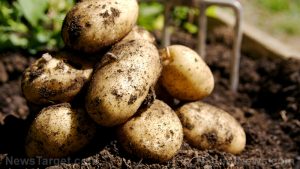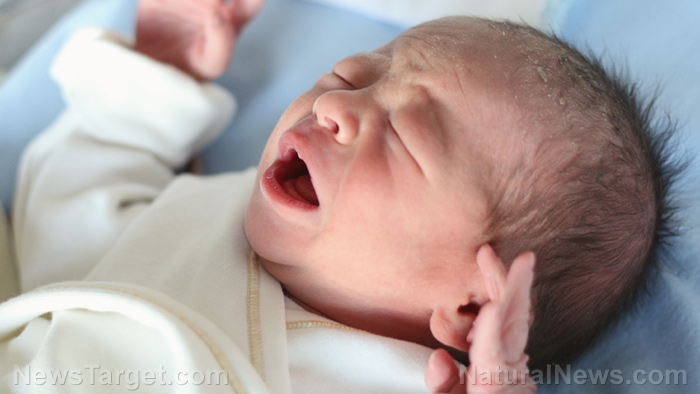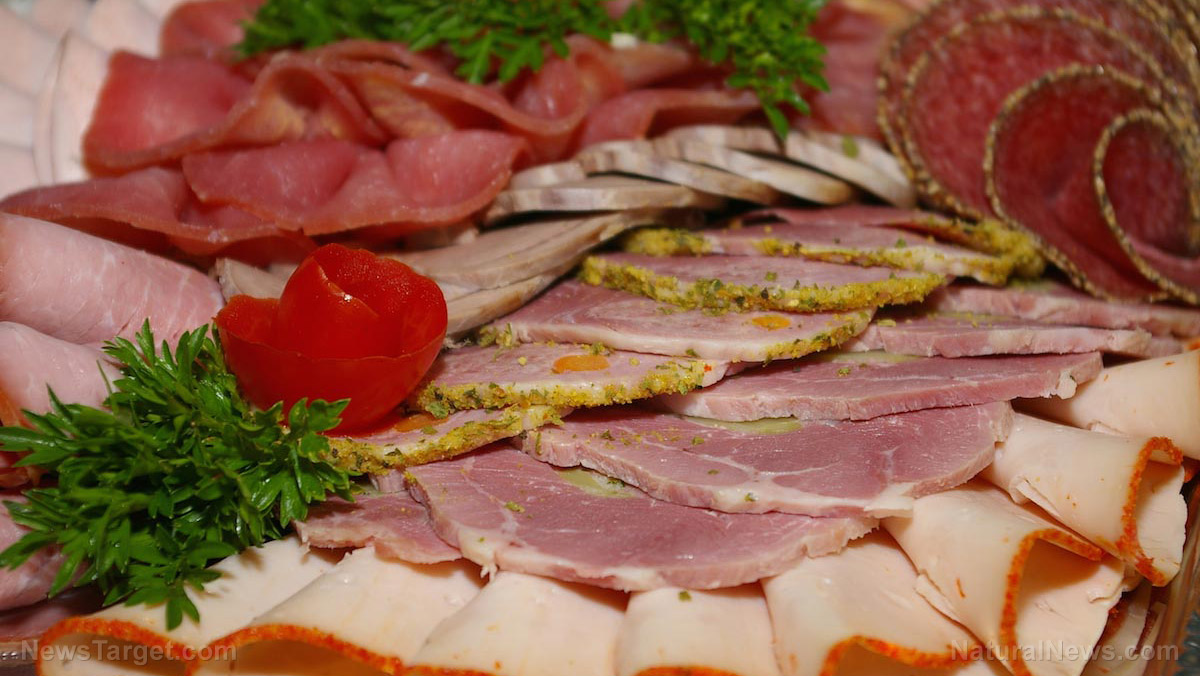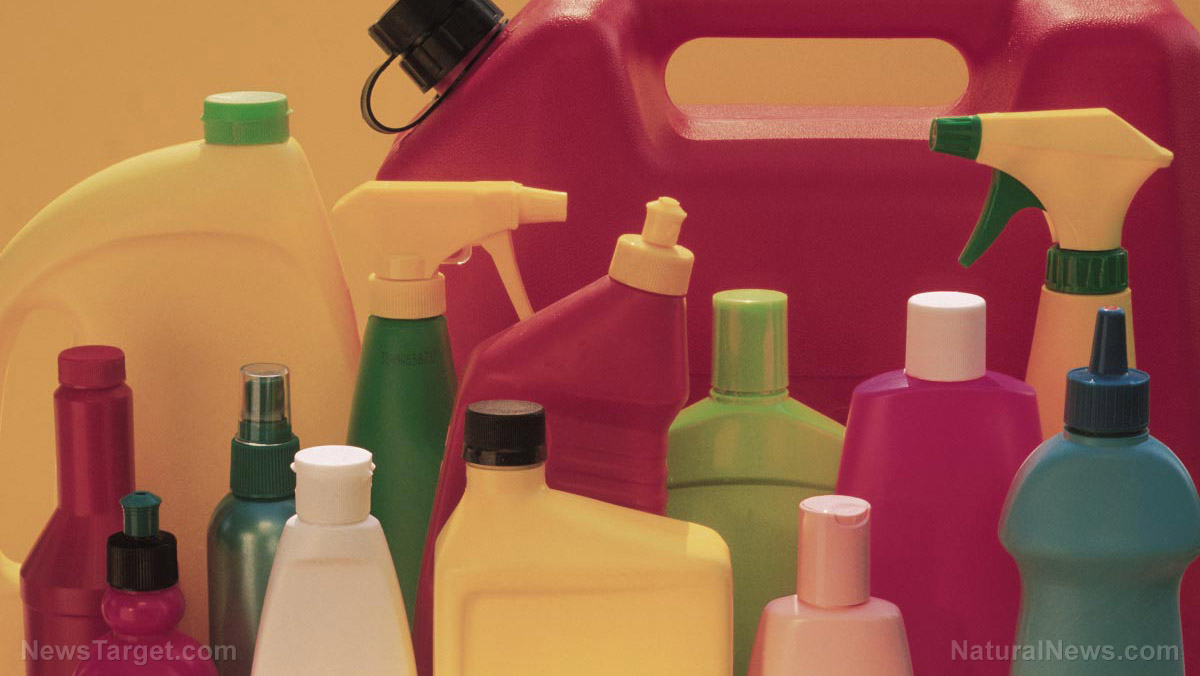Glufosinate-ammonium — toxicity, side effects, diseases and environmental impacts
12/02/2017 / By Zoey Sky

Glufosinate-ammonium is a non-selective herbicide and is synthetically produced compound from the chemical phosphinic acid. Glufosinate-ammonium was originally isolated from two species of Streptomyces fungi. It appears as a crystalline solid.
Glufosinate-ammonium acts on contact, with very minimal systemic effect. It can be applied as a foliar spray and a soil treatment, to both pre-emergent and post-emergent weeds. The mode of action of glufosinate-ammonium occurs as a result of the inhibition of the enzyme glutamine synthetase. This causes a build up of ammonium ions in the plant’s tissues that prevents photosynthesis. Yellowing starts within two to three days and death is usually complete in about three weeks.
Glufosinate-ammonium is non-selective and can be used on all the major arable broad-leaved weeds and grass weeds. In the U.K., glufosinate-ammonium is approved for use on all edible crops, all non-edible crops, fruit and berry production, forestry and grassland. Glufosinate-ammonium is also used as a desiccant and a defoliant.
Glufosinate-ammonium’s trade names and identifiers include:
- Glufosinate-ammonium
- GLUFOSINATE AMMONIUM
- Basta
- 77182-82-2
- Ammonium glufosinate
- Basta F1
- Gluphosinate ammonium
- Liberty (pesticide)
- Finale 14SL
- Ignite ISC Herbicide
- Caswell No. 580I
- BIP0679
- Glufosinate-ammonium [ISO]
- HSDB 6666
- DL-Phosphinothricin
- EINECS 278-636-5
- EPA Pesticide Chemical Code 128850
- Ammonium (DL-homoalanine-4-yl)methylphosphinate
- Ammonium (3-amino-3-carboxypropyl)methylphosphinate

List of known side effects
Glufosinate-ammonium is harmful if swallowed. It is also harmful if it comes in contact with skin. Glufosinate-ammonium is harmful if inhaled, and it may damage fertility or the unborn child. Glufosinate-ammonium causes damage to organs through prolonged or repeated exposure.
Body systems affected by glufosinate-ammonium
Ingestion of large quantities of the glufosinate formulation Basta causes death in humans. At least 10 to 20 suicides in Japan were caused by Basta poisoning yearly. While the amount used is well above what would be expected in normal usage, it indicates the toxic effects of high doses of this formulation on humans.
Clinical findings in poisoning cases are allegedly due to damage to the central nervous system and include consciousness disturbance, convulsions, pyrexia, and respiratory failure. Death is often caused by circulatory failure, which may mainly come from the surfactant. Glufosinate-ammonium can negatively affect the reproductive system.
Items that can contain glufosinate-ammonium
Glufosinate-ammonium is a herbicide for total vegetation control and to control a wide range of weeds and grasses. It is often used to control pests such as annual broad-leaved weeds including nightshade, lamb’s quarters, ragweed, velvetleaf, wild mustard and annual grasses like barnyard grass, bristly foxtail, and witchgrass. Glufosinate-ammonium is applied on oilseed rape, maize, potatoes, soybeans, and non-cropped areas.
Some manufacturers and suppliers of products using this active include:
- Aventis
- Bayer CropScience
- Certis
- Fargro
- Hoechst
Example of products using this active are:
- Basta
- Harvest
- Kaspar
How to avoid glufosinate-ammonium
When handling glufosinate-ammonium, always wear the proper protective clothing. Use adequate general or local exhaust ventilation to keep airborne concentrations under the permissible exposure limits. To control airborne levels, use process enclosure, local exhaust ventilation, or other engineering controls.
Personal protective clothing when handling glufosinate-ammonium includes:
- Eyes — Wear safety glasses. Chemical glasses are required if splashing is possible.
- Skin — Wear appropriate protective gloves and clothing to avoid skin exposure.
- Clothing — Wear appropriate protective clothing to minimize skin contact with glufosinate-ammonium.
- Respirators — Wear a NIOSH/MSHA (US) or European EN 149 approved full-facepiece airline respirator in the positive pressure mode with emergency escape provisions.
Where to learn more
- The ‘Monsanto Rider’: Are Biotech Companies About to Gain Immunity from Federal Law?
- European Union Parliament decides against unleashing new GM maize
- Chemicals.news
- Toxins.news
- Pesticides.news
Summary
Glufosinate-ammonium is a non-selective herbicide.
Glufosinate-ammonium is harmful if swallowed, and it can negatively affect the reproductive system.
Glufosinate-ammonium is a herbicide for total vegetation control. It is also used to control a wide range of weeds and grasses. It is often used to control pests such as annual broad-leaved weeds like nightshade and lamb’s quarters.
Glufosinate-ammonium is applied on plants like oilseed rape, maize, and potatoes.
Sources include:
Tagged Under: glufosinate-ammonium




















